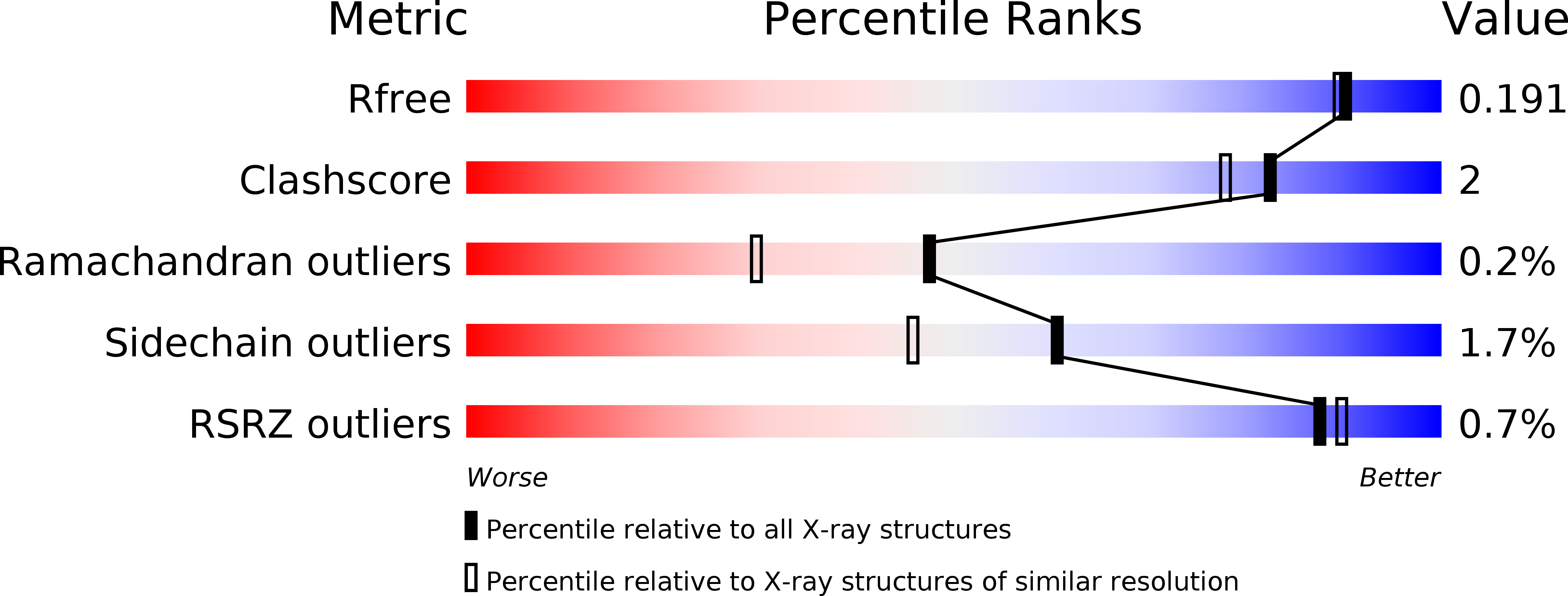
Deposition Date
2015-01-22
Release Date
2015-12-09
Last Version Date
2023-09-27
Entry Detail
PDB ID:
4XT2
Keywords:
Title:
Crystal structure of the high affinity heterodimer of HIF2 alpha and ARNT C-terminal PAS domains in complex with a tetrazole-containing antagonist
Biological Source:
Source Organism:
Homo sapiens (Taxon ID: 9606)
Host Organism:
Method Details:
Experimental Method:
Resolution:
1.70 Å
R-Value Free:
0.19
R-Value Work:
0.15
R-Value Observed:
0.16
Space Group:
C 1 2 1


